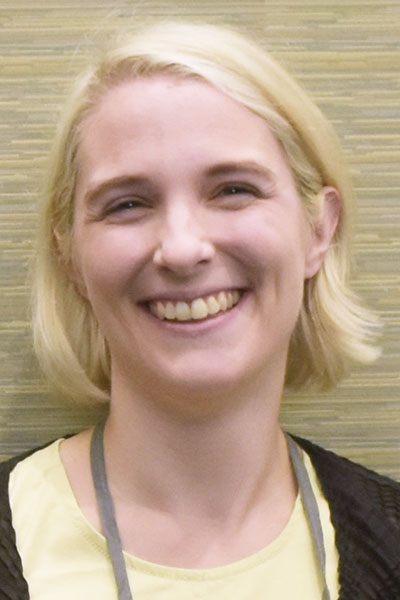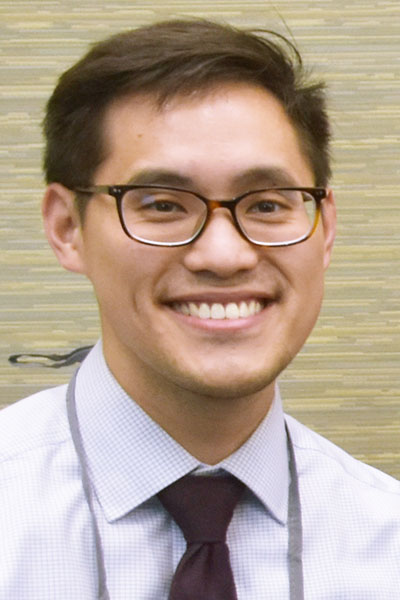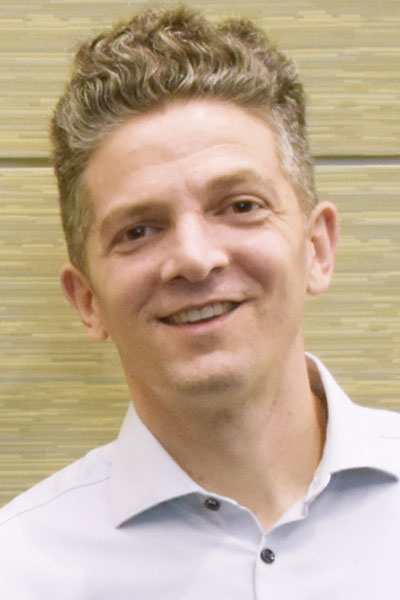Occupational lung diseases are often associated with the past, but they remain a significant concern in the present day and into the future, as measures and methods of exposure continue to evolve.
Four experts provided a current look at the state of occupational lung diseases during the CHEST 2024 session, Black Lung, Builders, and Black Beauty: Old Diseases, New Exposures in Occupational Lung Disease, on Tuesday in Boston.
Chronic beryllium disease

Maeve MacMurdo, MBChB, MPH, Staff Physician at the Cleveland Clinic, offered an overview of beryllium exposure and chronic beryllium disease.
Beryllium, which has been processed since the early 1930s in the United States, is an exposure that has outlasted the atomic age, Dr. MacMurdo said. The US remains one of the largest exporters of beryllium today. It is lightweight, strong, and heat-resistant, so it has been widely used in aerospace and weapons manufacturing. However, over the past 20 years, the use of beryllium has expanded into nontraditional industries.
“Beryllium is a little unusual as it doesn’t cause disease directly,” Dr. MacMurdo said. “Rather, it triggers an autoimmune response, which in unlucky individuals leads to the development of sensitization. Once you’re sensitized, you’re at lifelong risk of developing chronic lung disease. You can become sensitized the first time you’re exposed.”
Chronic beryllium disease is treatable, and these patients are very steroid-responsive, she said.
“The earlier we treat it, the more aggressively we treat it, the better,” Dr. MacMurdo said. “Because of the fibrosis, our options are really limited. Early detection and early screening are really important.”
Respirable crystalline silica

Silicosis is the oldest recognized occupational lung disease, first identified in ancient Greece in stone quarry workers. However, it is still present in the modern day—and on the rise, said Jeremy Hua, MD, MPH, Assistant Professor of Medicine at National Jewish Health.
Silica is most dangerous in the form of ultra-fine particles you breathe in, he said. And unfortunately, silica is the most common mineral in the Earth’s crust, so it’s in many products. In the US alone, more than 2 million workers are exposed to silica dust regularly.
“As a result of improvements in workplace standards, the incidence of silicosis worldwide has gone down. However, over the last couple of decades, there’s been increasing concern specifically related to exposure to engineered stone,” Dr. Hua said, noting the increase in quartz countertop manufacturing in recent years.
Silica is an independent risk factor for COPD and lung cancer. It puts individuals at risk for various bacterial infections, including tuberculous and nontuberculous infections, and increases the risk for autoimmunity.
If you don’t know that your patient is exposed to silica, you can’t diagnose silicosis, Dr. Hua said. Thus, occupational history is critical to diagnosis. If there’s a compatible occupational history and imaging, that’s enough to make a diagnosis.
Black lung

Drew Harris, MD, Associate Professor of Pulmonary and Critical Care at the University of Virginia, addressed the spectrum of lung diseases caused by the inhalation of coal mine dust, also known as black lung.
Dr. Harris shared three cases with variable presentations ranging from COPD to dust-related diffuse fibrosis and a more typical progressive massive fibrosis—demonstrating that black lung isn’t a hopeless cause, despite some conventional thinking.
“I think it’s important for everyone to recognize that there are a lot of things we can do to help coal miners once they develop disease,” said Dr. Harris, who is also the Editor in Chief of CHEST Advocates. “We treat COPD, we do things like treat fibrosis, and we refer people to transplant.”
Ongoing follow-up is critical, since the disease can get more severe even decades after individuals have left the mines.
Dr. Harris also highlighted the federal black lung disability process, which he said can be life-changing for patients. Benefits from the program include monthly stipends and can even cover a lung transplant if needed.
Pathology of occupational lung diseases

Susan Armstrong, MD, PhD, Staff Thoracic Pathologist at the Cleveland Clinic, walked attendees through key features of occupational lung disease, as seen under the microscope.
When someone chronically inhales inorganic materials, the lungs first respond by recruiting inflammatory cells, including lymphocytes and histiocytes. Next, the lungs respond with fibrosis. Histiocytes respond to inorganic material by trying to clean it up and forming granulomas.
“You may have noticed that pathologists love granulomas, and I think thoracic pathologists, more than anyone else, really love these structures. And I think the reason is that granulomas are just one term, but they can have lots of different meanings and appearances,” Dr. Armstrong said.
The key features of chronicberylliosis are non-necrotizing granulomas and lymphocytes. In chronic silicosis, it is hyalinized nodules with birefringent material; and in coal worker pneumoconiosis, it is centrilobular emphysema with dust deposits.
Pathologists will examine what the granulomas look like, how they’re distributed in the lung, and what else is going on in the lung. Clinical history is very important in order to put these findings into perspective, so Dr. Armstrong urged attendees to “help us help you” by communicating relevant patient exposures to their pathologists.
Join us at CHEST 2025
Save the date for the next Annual Meeting, October 19 to 22, 2025, in Chicago. CHEST 2025 will explore the latest advancements in pulmonary, critical care, and sleep medicine, with a focus on innovation and the future, just as the city itself embodies progress and reinvention.





